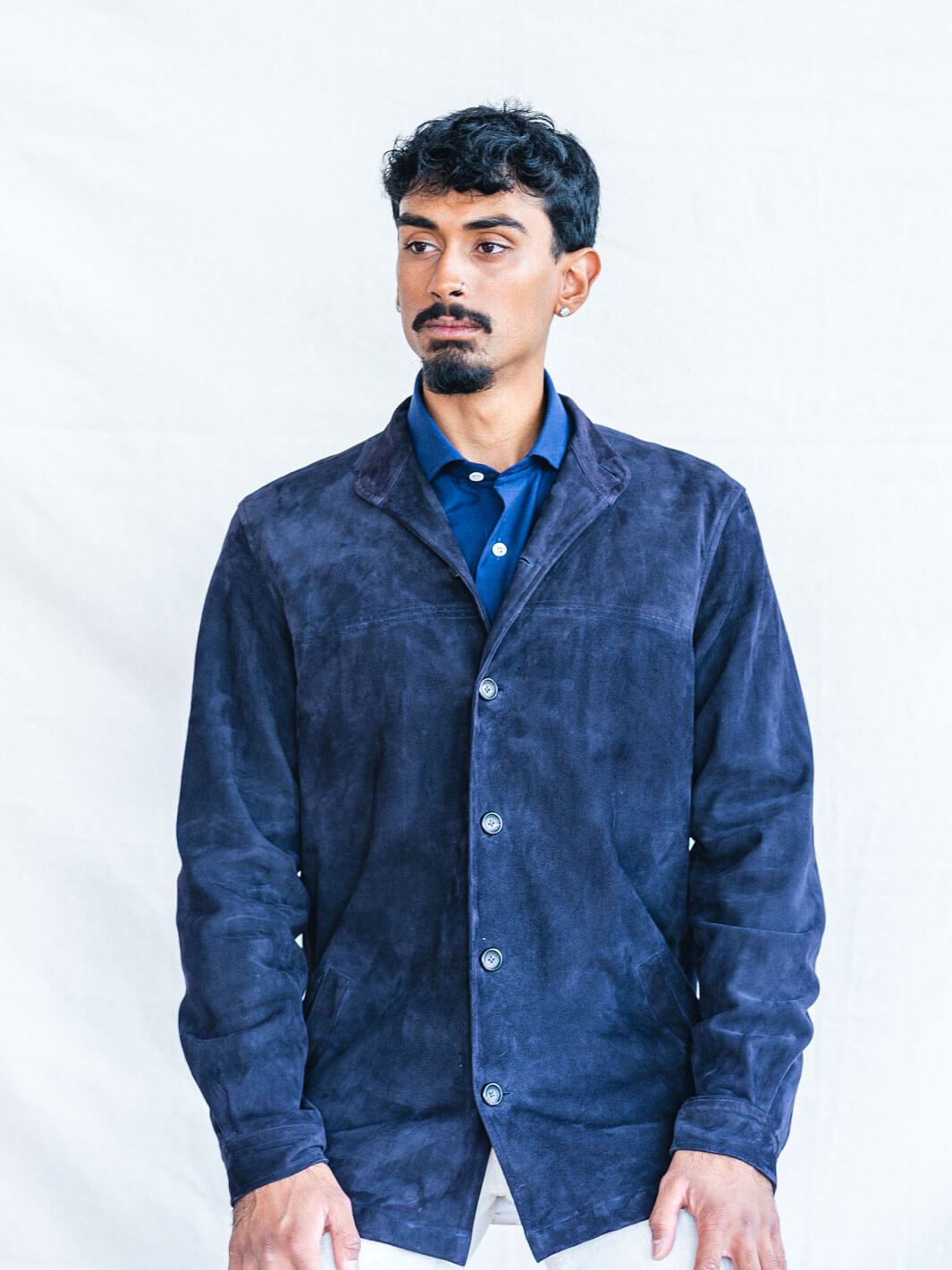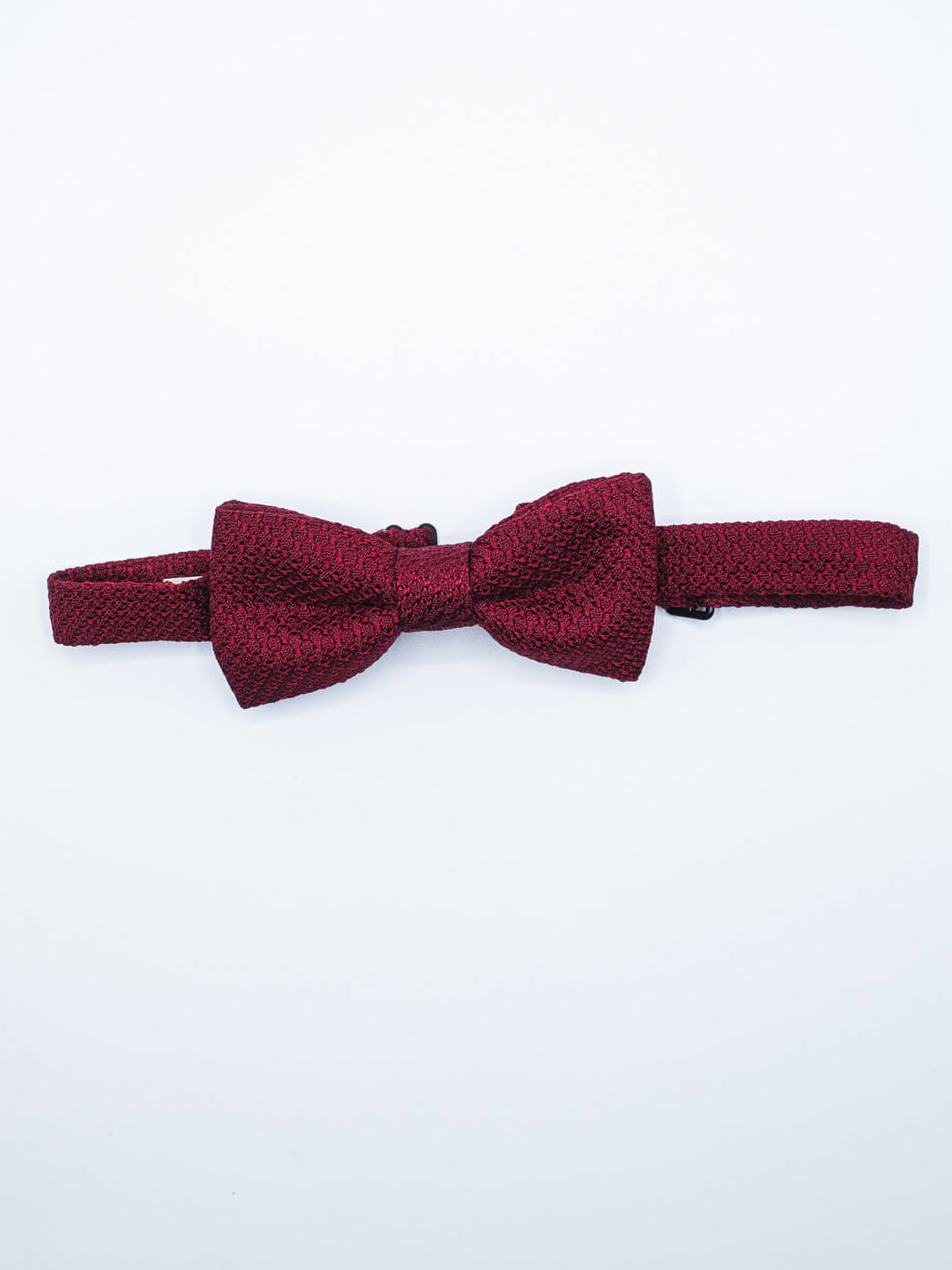Cold weather can be unforgiving, and few know this better than our friends up North. From Minnesota to New York, citizens are seen bundling up, now wearing knitted tops, jackets, and gilets. No question, the days have gotten shorter, the nights longer, and the days colder. But that need not mean that utility needs to take the place of style.
Style is and has always been adaptable. If it weren’t, our friends in colder climates would be left wearing sweatpants and zip-neck sweaters. Without some knowledge and imagination, most people end up wearing whatever is comfortable, but not necessarily attractive.
However, there are options available to the man of style that are both handsome and will keep you nice and toasty this fall.
Is Corduroy Just for Nerds?
Before we continue, let me bust some misconceptions surrounding this unfairly maligned fabric. Whatever you might have heard, corduroy is not just for old men. But if what I’m saying is true, then why has it gotten this undeserved reputation of being a garment made almost exclusively for senior citizens or professors?
Despite being a perfect fall/winter fabric, corduroy has gotten a bad rap precisely because it’s been worn wrong for decades. Starting from its humble beginnings as durable workwear for laborers, it gained mass appeal by the 60s and 70s, quickly becoming a mainstay in Hollywood among celebrities like Steve McQueen, Robert Redford, and Paul Newman, as well as British bands like the Beatles and the Rolling Stones.
Corduroy seemed unstoppable.
The problem was, as corduroy was gaining popularity with the cool crowd, so too was its appeal among the nerdy and ineffectual. Celebrities like Woody Allen wore corduroy while playing himself in countless feature films. Dustin Hoffman wore it in the Oscar-winning film, The Graduate, which portrayed him as a hopelessly awkward bookworm—though unlike Woody with his baggy fitted cords, he wore it well.
The point is, somewhere down the line, corduroy became very heavily associated with old, dusty professors and nebbish male qualities. This is ironic because the coolest and most masculine men have worn it for decades—and still do.

What is Corduroy?
Corduroy is a beautiful and useful fabric made from a cotton twill weave. Spun to look like it’s made with multiple cords, its distinctive ridged pattern makes it completely unique in the menswear space. It’s soft like velvet, does not wrinkle, is easy to clean, and comes in a wide range of colors that makes for a great autumn trouser or jacket.
Though we’re not sure exactly where the name for corduroy comes from, the etymology may derive from the French cord du roi, which means “cloth of the king.” And though smart people have said that this is most likely not the case, we like the idea of wearing something that gives us that title, so we’ll be sticking with it.
The earliest known appearance of something resembling corduroy dates back to ancient Egypt—circa 200 AD. We call this weave “fustian” due to its development in Al-Fustat, an old city near the Nile River. There, thick cotton fabrics were produced using a special cutting knife that looked like a spike. This fustian fabric became very popular among Catholic priests, who had their sleeveless robes made from this sturdy material.
Although fustian fabric is a predecessor to the corduroy, it lacked the classic parallel ridges that gives corduroy its uniquely appealing character. This transition occurred sometime in the 18th century when the British began to create “piles” by cutting across the weft, or threads that pass cross-wise through other threads. After going through a finishing process, the end result became the wales, or ridges, we now associate with corduroy.

During the Industrial Revolution (1760-1840), corduroy was dubbed the “poor man’s velvet.” Embraced by the working class, the masses rightly saw corduroy as a useful garment that was at once durable and comfortable to wear for long stretches of time. Around the same time, artists and intellectuals began adopting the style to compliment their unorthodox way of life. It was also standard material for school uniforms.
Throughout World War II, corduroy breeches became official army wear for women assisting in the war effort. But it took until the 1960s to really begin to be accepted across all socio-economic classes. And that’s when the garment finally achieved its position as a fashionable, timeless classic that would stand the test of time.
How to Wear Corduroy
Corduroy is a casual fabric largely reserved for the outdoors, but it can also be worn as a smart casual outfit if done right. Though the fabric has a vintage appearance that goes back decades, it comes in modern styles and cuts that look right at home today.
If you want a more formal look without looking too bold, opt for a light-colored cashmere sweater with your straight-leg, brown corduroys. Another option is to pair a corduroy jacket with chinos or jeans. But for those who want to be a little more bold, a full corduroy attire can make you look debonair. Just make sure your jacket and trouser colors match.
For a more casual outdoor look, you can go for a slimmer trouser cut that tapers down your leg. That way, you can exhibit your nice suede chelsea boots in their full glory. Or you can wear sneakers for the ultimate laid back look. It’s up to you; corduroys are pretty versatile.
Thinner cords (or “wales”) will always be more formal than thicker cords. Keep this in mind when choosing what you’ll wear. And don’t be afraid to try new colors too, like olive green, khaki, and navy. These match with just about anything. But if you want a bolder look, then bright colors like yellow and burgundy can definitely be something to consider if you feel you can pull it off. And we think you can.
Why Wear Corduroy?
So, why wear corduroy in the first place if people now associate it with boring, old eggheads? Because, believe it or not, corduroy has made another comeback. But not just any comeback. Today’s corduroy is more appealing in fit and appearance. Need an overshirt or bomber jacket? Consider one made from corduroy. Looking for a cool weather blazer and a pair of autumn pants? Then corduroy is the garment for you.
Another reason to wear it is for its utility. Corduroy will keep you warm when you need it most. It insulates, protects, is soft, and incredibly versatile. Can you wear dress shoes with them? Sure. Loafers? Certainly. Dress shirts? You bet your ass. And when the leaves change from green to lovely reds and yellows, corduroy will always be there to match them.
Bottom line: Corduroy is here to stay.









